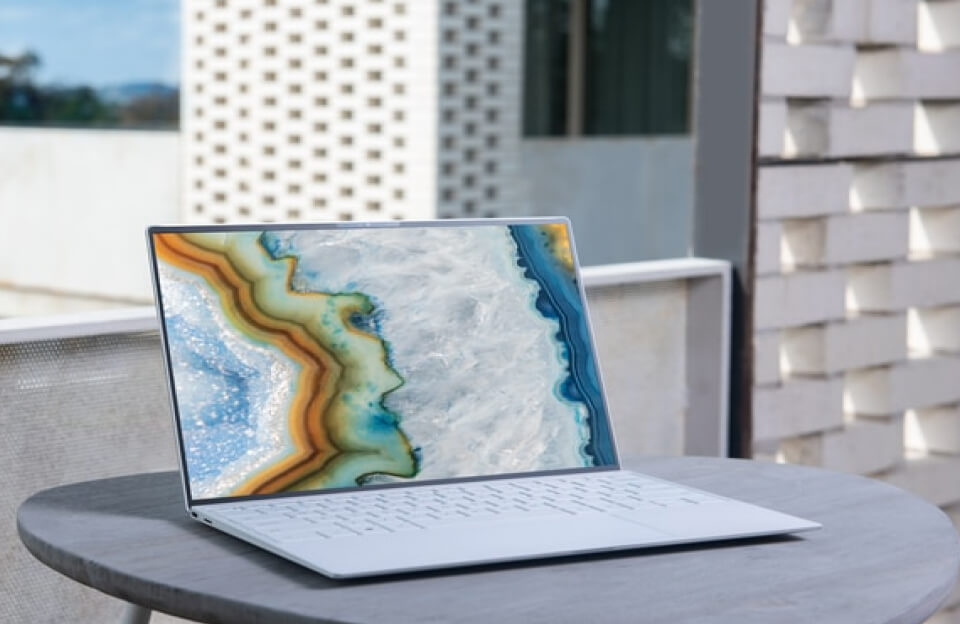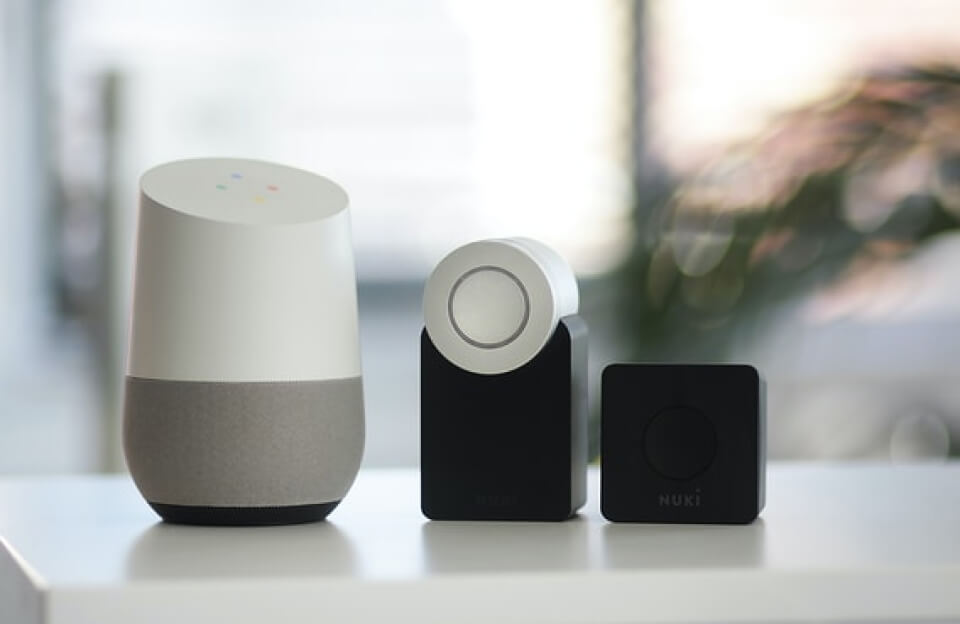Let’s talk about the Dell XPS 13 (2021). If you’ve been on the hunt for a laptop that’s sleek, powerful, and now boasts a jaw-dropping display, this one’s got your name on it. Dell’s XPS line has been a fan favorite for years, and the 2021 model—specifically the version with the new OLED screen—takes things to a whole new level. It’s like Dell looked at an already awesome laptop and said, “You know what? Let’s make it even prettier.” And they did.
So, what’s the hype about? The star of the show is the 13.4-inch 3.5K OLED touchscreen (that’s 3456 x 2160 pixels, just shy of 4K). If you’ve ever seen an OLED screen on a phone or TV, you know the deal: colors that pop like fireworks, blacks so deep they look like a void, and contrast that makes everything feel alive. Watching Netflix on this thing is like having a mini cinema in your lap—think vibrant greens in a jungle documentary or glowing lightsabers in Star Wars. Reviews from places like Laptop Mag and Trusted Reviews rave about it, calling it one of the best laptop displays for entertainment and creative work, with 90% sRGB and 97.4% DCI-P3 color coverage. That means it’s not just pretty; it’s accurate enough for photo and video editors too.
Under the hood, the XPS 13 (model 9310) keeps up with the best of them. It’s rocking Intel’s 11th Gen processors—Core i5-1135G7 or i7-1185G7, with the OLED version typically paired with the i7 for extra oomph. With Intel Iris Xe graphics, up to 16GB or 32GB of RAM, and storage options from 512GB to 2TB SSD, it’s built to handle everything from Zoom marathons to editing 4K videos in Adobe Premiere. Benchmarks show it’s a beast, with multi-core scores around 7,284, blowing past the 2020 model’s 4,720. It’s not just raw power—real-world use feels snappy, whether you’re juggling 20 Chrome tabs or rendering 3D models.
The design? Classic XPS, but better. At 11.6 x 7.8 x 0.58 inches and 2.8 pounds, it’s light enough to toss in a backpack and forget about. The InfinityEdge display with its razor-thin bezels makes it feel like the screen floats, and the 16:10 aspect ratio gives you more vertical space for spreadsheets or scrolling Twitter. The aluminum chassis and carbon-fiber palm rest (or woven glass-fiber in the Arctic White version) scream premium. It’s sturdy, stylish, and comes in colors like Platinum Silver or Frost with Arctic White interiors. Reviewers at CNET and Tom’s Guide can’t stop gushing about how good it looks on a desk.
Typing and navigating are a joy too. The keyboard’s snappy with just enough travel, and the oversized touchpad is smooth as butter. The backlit keys make late-night work sessions easy, and while the 720p webcam isn’t great (a common gripe across reviews), it’s fine for video calls with decent lighting. Ports are slim—two Thunderbolt 4 USB-C, a headphone jack, and a microSD card reader—but Dell throws in a USB-A adapter to ease the pain. Wish there was one more port, though; dongle life is real.
Now, the catch: battery life takes a hit with the OLED. While the FHD+ model can last up to 14 hours streaming video, the OLED version averages around 7-8 hours in tests (7:59 in dark mode, per Laptop Mag). That’s enough for a workday or a cross-country flight, but it’s not class-leading. The culprit? OLED’s power draw, especially on bright white webpages. Switch to dark mode and tweak brightness, and you can stretch it a bit, but if battery life is your top priority, the FHD+ version might be a smarter pick.
Price is another reality check. The XPS 13 starts at $949 with a Core i3 and FHD+ screen, but the OLED model jumps to around $1,649-$1,699 with the i7, 16GB RAM, and 512GB SSD. Fully loaded, you’re pushing $2,000+. It’s not cheap, but for what you’re getting—a near-perfect ultraportable with a display that rivals high-end TVs—it’s arguably worth it. Posts on X from 2021 show tech fans geeking out over the OLED option, with outlets like The Verge hyping its release.
There are alternatives, sure. The MacBook Air M1 has better battery life and a sharper M1 chip for similar money, but no OLED. The HP Spectre x360 14 offers a 3K OLED too, but it’s pricier and not as sleek. Lenovo’s ThinkPad X1 Nano is lighter but lacks the same display wow-factor. For Windows users who want portability, power, and a screen that steals the show, the XPS 13 OLED is tough to beat.
So, is it the best Windows laptop? If you value a stunning display and don’t mind plugging in a bit more often, absolutely. It’s a premium package that delivers on looks, performance, and that “I want to show this off” vibe. Just keep a charger handy and maybe a microfiber cloth for those fingerprints on that glossy screen.


